History of Negative Pressure Wound Therapy
Negative pressure wound therapy (NPWT) is a wound treatment method that has been used for over 20 years. The history of NPWT is a story of innovation and advancements in technology, as well as a better understanding of the healing process. The origins of NPWT can be traced back to the early 20th century when a German physician, Dr. Paul Tessier, first proposed the concept of negative pressure wound healing. He observed that wounds treated with vacuum healed faster and with less scarring than those treated with traditional methods. However, it wasn’t until the 1980s that the first negative pressure wound therapy device was developed. In the early 1980s, Dr. George Winter, a British plastic surgeon, developed the first NPWT device, known as the “V.A.C.” device. The device was a simple, manual system that used a vacuum pump to apply negative pressure to the wound. It was originally used to treat burns, but soon found success in treating other types of wounds as well.
In the 1990s, the use of negative pressure in wound healing became even more advanced with the introduction of the “V.A.C.” therapy system. The V.A.C. device was revolutionary, it was the first-time suction had been applied to a wound in a controlled and consistent manner. In the early 2000s, NPWT began to gain widespread acceptance in the medical community. Today, NPWT continues to evolve and improve, providing new and better ways to promote wound healing and reduce the risk of infection.
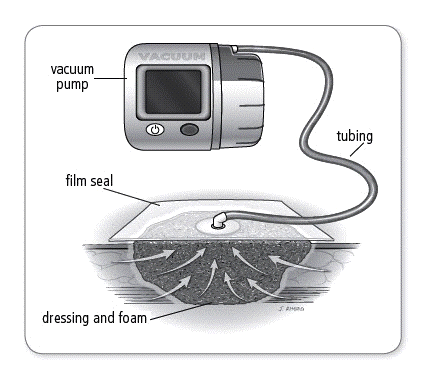
Image Courtesy : Intermountain Healthcare
Innovations with Negative pressure therapy
Negative pressure therapy has been used in various medical fields for over 20 years. It involves the application of sub atmospheric pressure to a wound or surgical site through the use of a vacuum-assisted dressing. This helps to promote wound healing by increasing blood flow and oxygenation to the area, as well as by removing excess fluid and bacteria. Studies have shown that this therapy can accelerate the healing process by up to 50%, reducing the time it takes for a wound to close and minimizing the risk of infection
Negative pressure therapy has been used in many areas of medicine, including plastic and reconstructive surgery, general surgery, orthopaedics, and burn care and has been shown to improve patient satisfaction and quality of life.
- Laryngeal Mask Airway (LMA): Laryngeal mask airway devices are used to provide a clear airway during anaesthesia and other medical procedures. These devices are inserted into the patient’s airway and held in place by suction, which helps to keep the airway open and prevent collapse. LMA devices are typically used in conjunction with a tube and collection canister, and they may be left in place for several hours following surgery. Negative pressure therapy provided a reliable and effective method for maintaining an airway whereas traditional airway management techniques, such as intubation and tracheotomy, were often difficult to perform and had a high risk of complications.
Image Courtesy : First Care Solutions
- Lung Ventilation Devices: Lung ventilation devices are used to provide artificial ventilation for patients with respiratory failure. These devices work by creating a negative pressure environment within the lungs, which helps to remove excess fluid and debris. These devices typically include a tube connected to a pump, and a collection canister, and are used for a wide range of lung conditions, including acute respiratory distress syndrome (ARDS) and chronic obstructive pulmonary disease (COPD). Negative pressure therapy provided a more effective and less invasive method for providing mechanical ventilation, which helped to improve patient outcomes whereas earlier used methods were associated with complications such as barotrauma and volutrauma.
- Dental Application: Dental suction devices use negative pressure to remove saliva, blood, and other waste material from the patient’s mouth during dental procedures. These devices are typically used in conjunction with dental drills, scalers, and other instruments to keep the area clean and dry. Dental suction devices have undergone significant improvements in recent years, with the introduction of more powerful and portable devices that can be used in a variety of settings, including dental clinics and hospitals. However, the earlier process of tooth extraction was considered a painful and complicated procedure.
Image Courtesy : Infection Control Results
- Fecal Incontinence Management: Traditionally, fecal incontinence management has relied on the use of absorbent pads also known as chucks to manage symptoms. However, these methods can be uncomfortable and can lead to skin irritation, infection, and odor. Negative pressure has revolutionized the management of fecal incontinence with Qoramatic stool management kit by providing a safe and effective method. .It creates negative pressure suction that proactively voids the rectum before the episode and diverts the stool away from the patient to an external drainage bag. Proactively voiding the rectum, without relying on peristalsis, reduces the chances of leakage and eliminates the need to milk the device unlike other balloon catheters. It also reduces 7-8 minutes per hour of nursing time by automating FI management, an otherwise time consuming and tedious that would require multiple care providers. It is comfortable for patients due to its indwelling component which gently rests on the anorectal junction without exerting outward force.
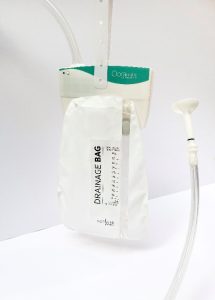
Qoramatic: Automated Stool Management Kit
Negative pressure technology has not only been used to effectively manage fecal incontinence but it has also been utilized in the development of new and improved urine management devices. This innovative technology has been applied in the design of external catheter, which have been shown to reduce the risk of urinary tract infections and other complications associated with traditional catheters. The use of negative pressure in the management of urinary incontinence has been a significant advancement in the field of healthcare, providing patients with improved options for managing this condition. QiVi Automated urine management is one such example which improves patient comfort and sleep quality. The drainage bag uses vacuum suction and provides accurate output measurement. It also minimizes chances of IAD,CAUTI and sepsis.
The history of negative pressure therapy dates back to the early 20th century, and through continuous research and development, it has evolved into a more advanced and efficient treatment option. It is an excellent alternative to traditional treatments and has shown to be a safe and effective option for various healthcare issues.
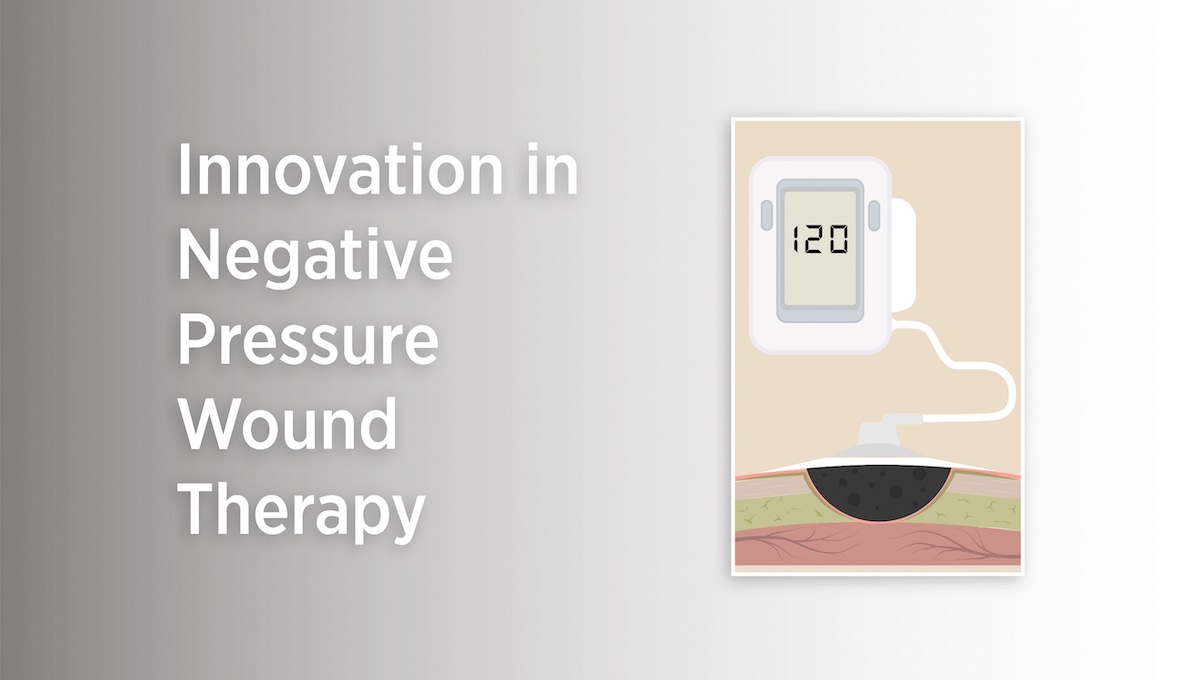
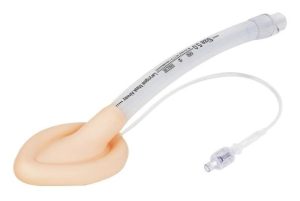
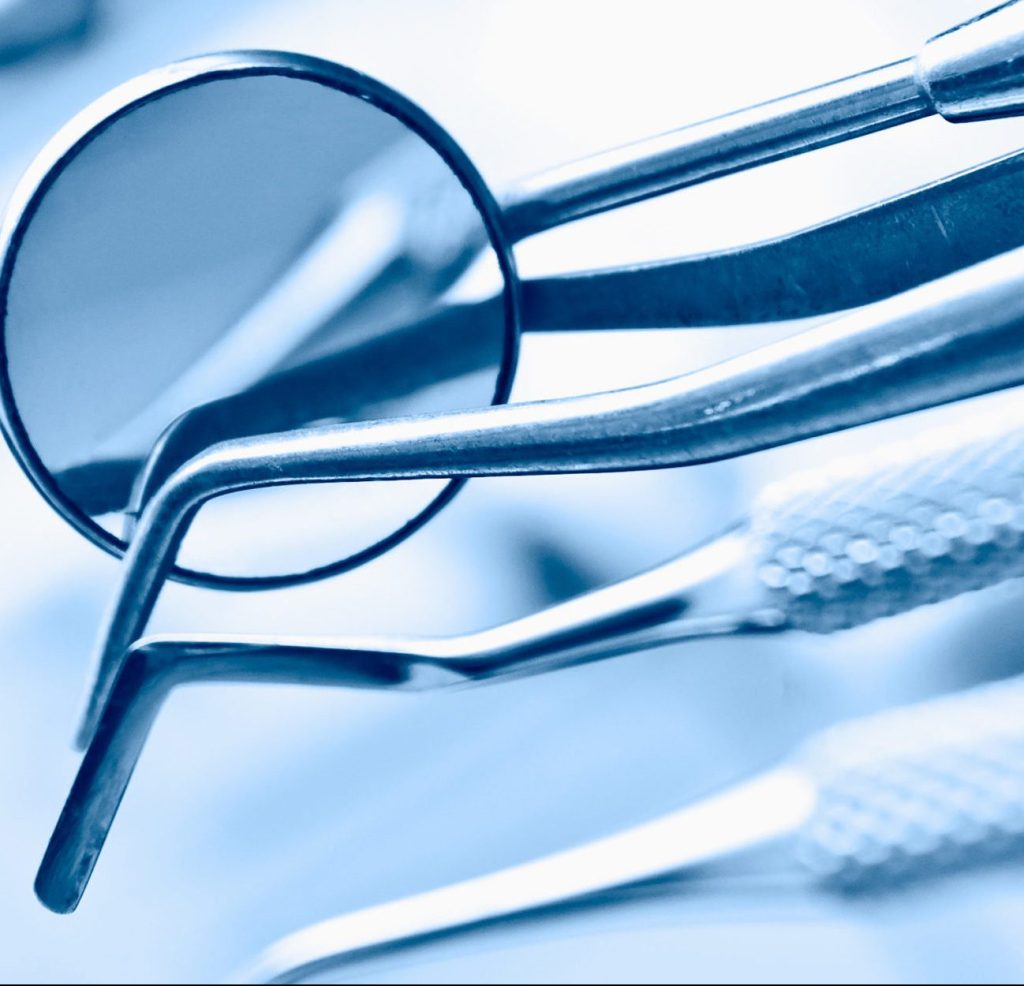

One reply on “Innovations in Negative Pressure Therapy”
Usually I do not read article on blogs however I would like to say that this writeup very compelled me to take a look at and do so Your writing taste has been amazed me Thanks quite nice post